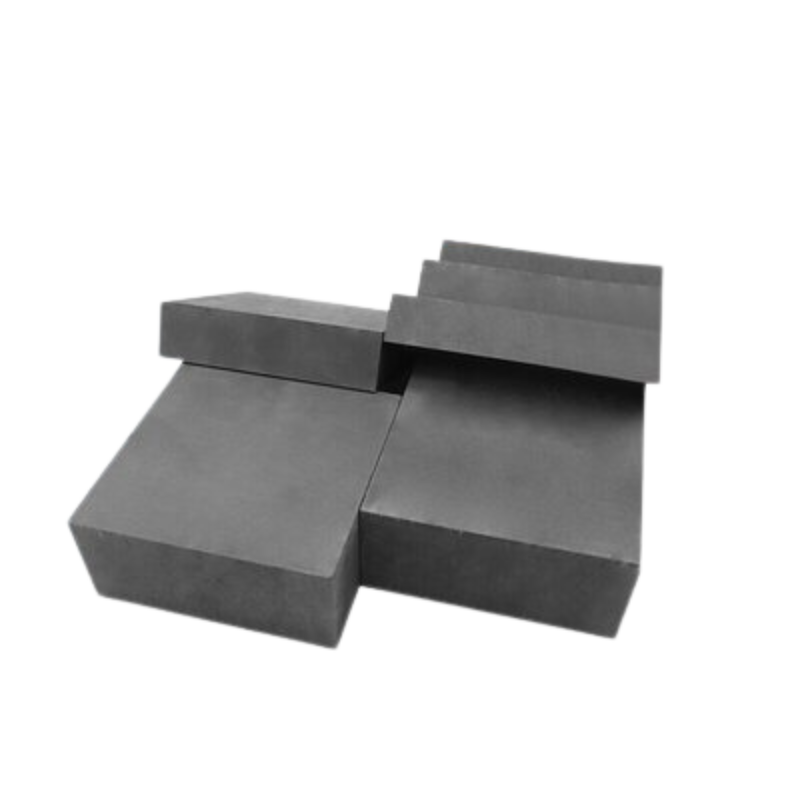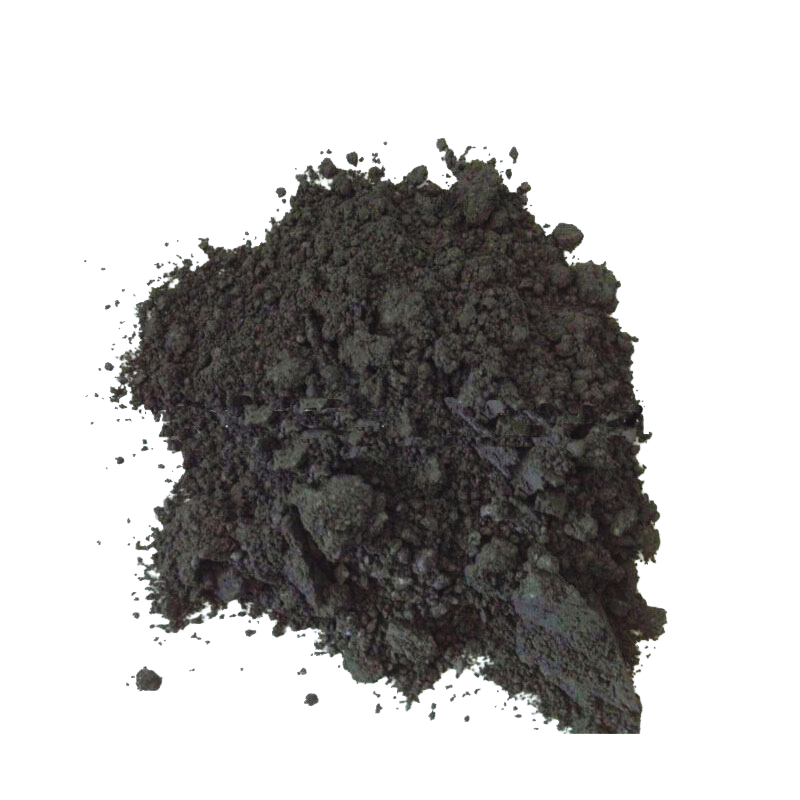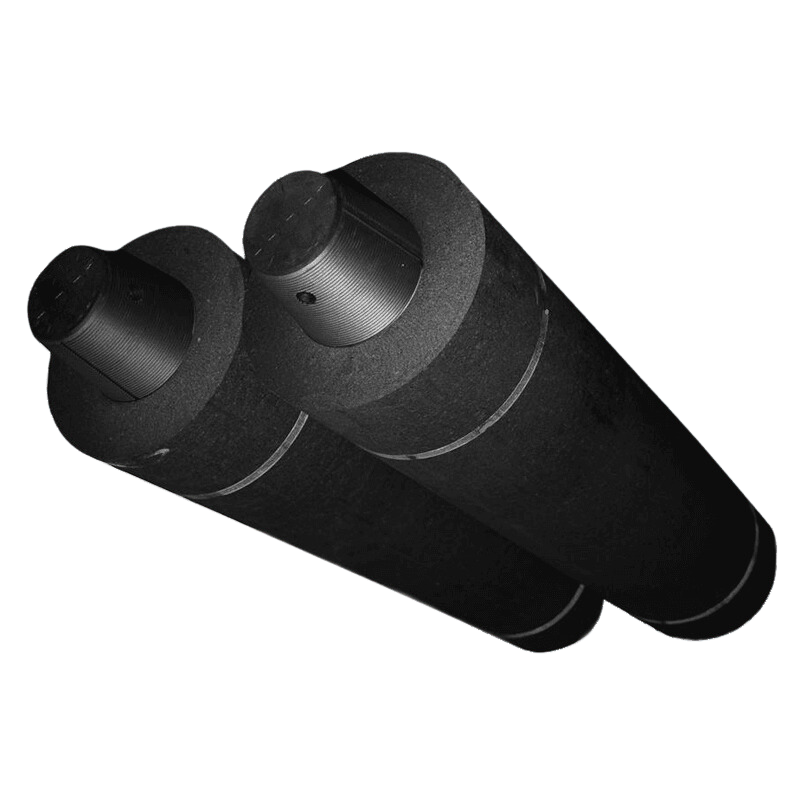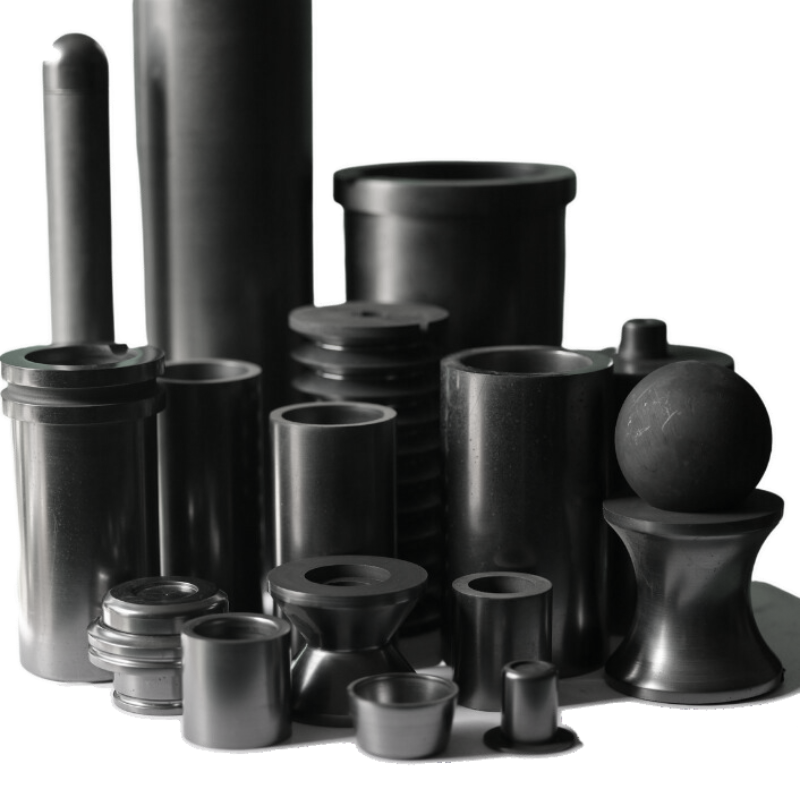Introduction:
In the intricate world of microfabrication, where precision is paramount, the role of graphite molds is nothing short of indispensable. These unassuming yet powerful tools play a crucial role in shaping the future of microengineering. This article delves into the significance of graphite molds in microfabrication processes, exploring their properties, applications, and the pivotal role they play in achieving the exacting standards demanded by cutting-edge technologies.
Understanding Graphite Molds:
Graphite molds, characterized by their exceptional thermal conductivity, low coefficient of thermal expansion, and resistance to chemical corrosion, have become the go-to choice for microfabrication processes. These molds, typically made from high-quality synthetic graphite, offer unique advantages that make them indispensable in the creation of intricate microstructures.
The Marvel of Microfabrication:
Microfabrication is a precise and intricate process used to manufacture tiny structures and devices with dimensions ranging from a few micrometers to a few millimeters. This technology finds applications in various industries, from electronics and optics to medicine and aerospace. Achieving such high precision demands tools that can withstand extreme conditions while maintaining accuracy – a role perfectly suited for graphite molds.
Graphite Molds in Action:
One of the primary applications of graphite molds in microfabrication is in the creation of microelectromechanical systems (MEMS). These systems, comprised of miniature sensors, actuators, and other devices, require meticulous fabrication. Graphite molds facilitate the reproduction of intricate patterns and structures with unparalleled precision.
The semiconductor industry, a cornerstone of modern technology, relies heavily on microfabrication processes. Graphite molds are instrumental in the creation of microchips and other semiconductor components. Their ability to withstand high temperatures and resist chemical reactions ensures the reproducibility of complex patterns, contributing to the consistent performance of electronic devices.
In the medical field, microfabrication plays a pivotal role in the development of lab-on-a-chip devices and implantable sensors. Graphite molds enable the creation of microfluidic channels and miniature components that are vital for these applications.
The Aerospace industry, with its ever-growing demand for lightweight and high-performance materials, also benefits from the precision offered by graphite molds. Microfabrication processes using graphite molds contribute to the development of advanced materials and components for aircraft and spacecraft.
Properties that Set Graphite Molds Apart:
1.Thermal Conductivity: The exceptional thermal conductivity of graphite molds ensures uniform heating and cooling during the microfabrication process. This property is vital for achieving consistent and reliable results in the creation of microstructures.
2.Low Coefficient of Thermal Expansion: Graphite’s low coefficient of thermal expansion is crucial for maintaining dimensional stability during temperature fluctuations. This property is particularly important in microfabrication, where even minute variations can lead to significant deviations in the final product.
3.Chemical Resistance: The resistance of graphite molds to chemical corrosion is paramount, especially when working with aggressive etchants and chemicals commonly used in microfabrication processes. This durability ensures the longevity of the molds and the repeatability of the fabrication process.
The Future of Microfabrication with Graphite Molds:
As technology advances and the demand for smaller, more powerful devices continues to grow, the role of graphite molds in microfabrication is poised to become even more critical. Researchers and engineers are exploring innovative ways to enhance the properties of graphite molds further, pushing the boundaries of what is achievable in microengineering.
In conclusion, the synergy between graphite molds and microfabrication processes is a testament to human ingenuity and the relentless pursuit of precision in technology. As we continue to unlock new possibilities in microengineering, graphite molds will undoubtedly remain at the forefront, shaping the future of innovation on a miniature scale.





